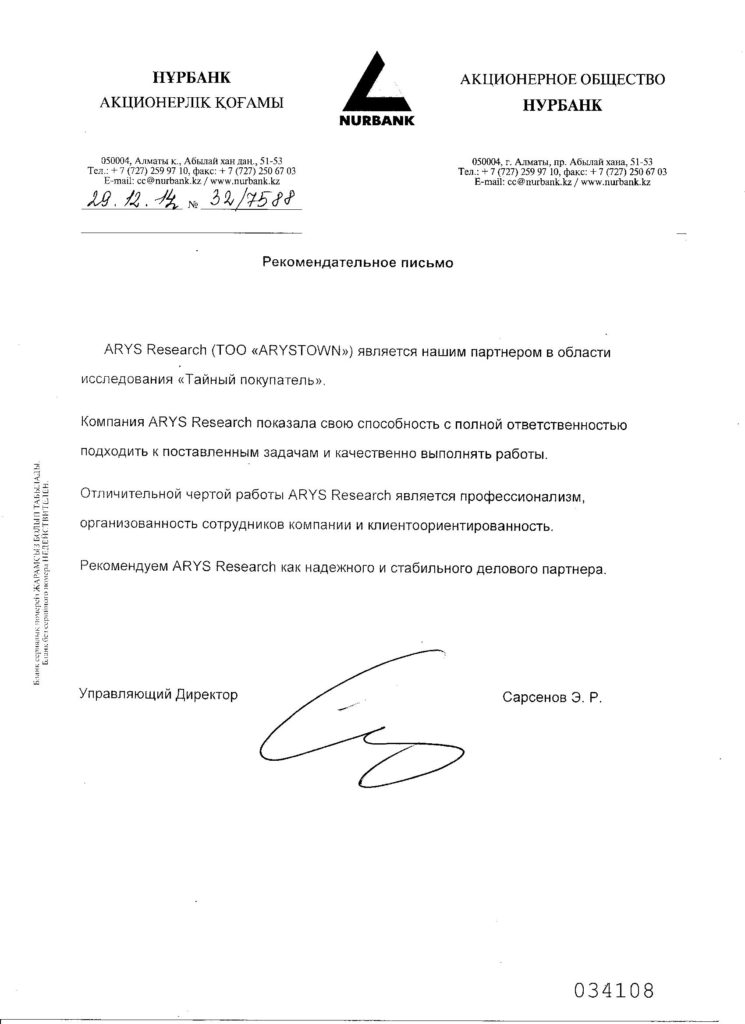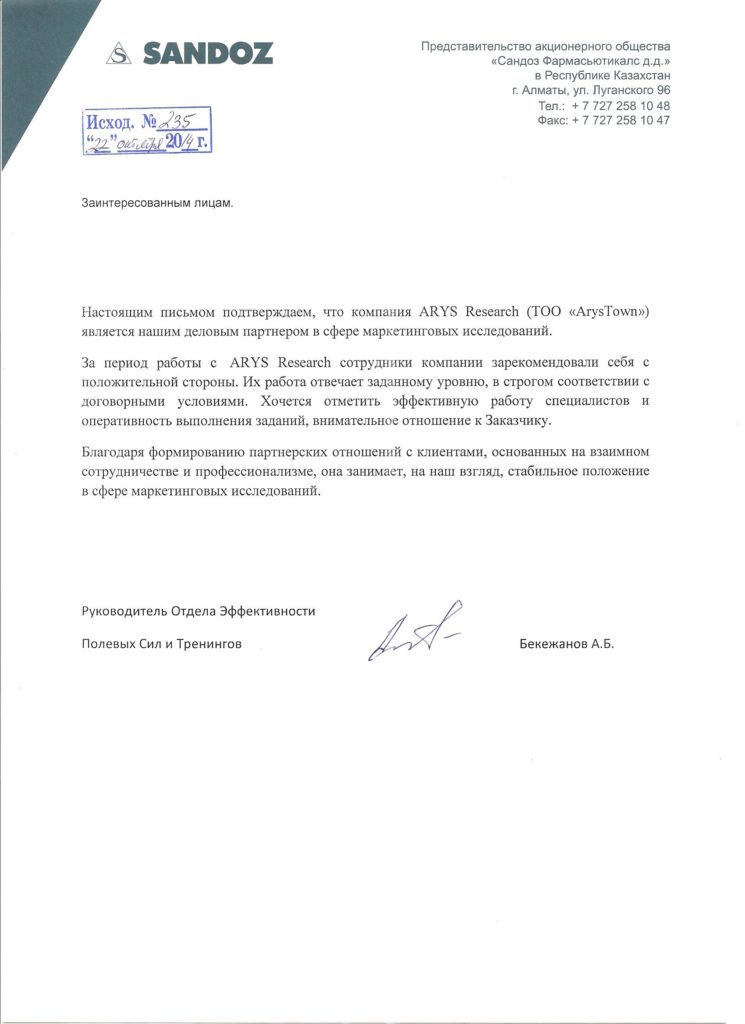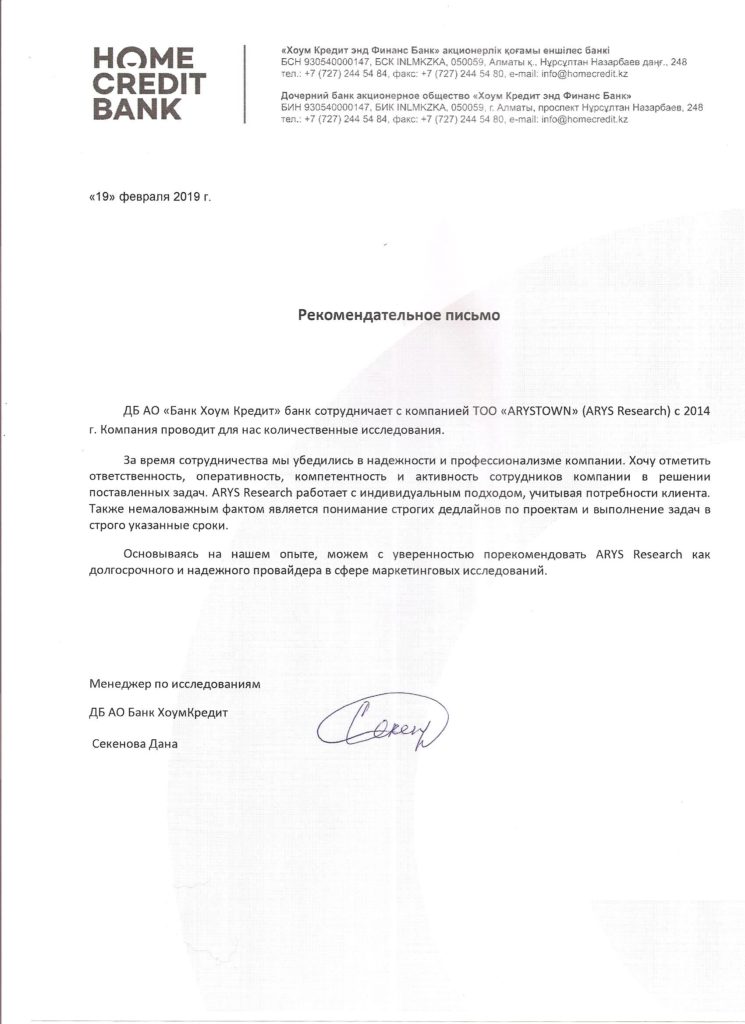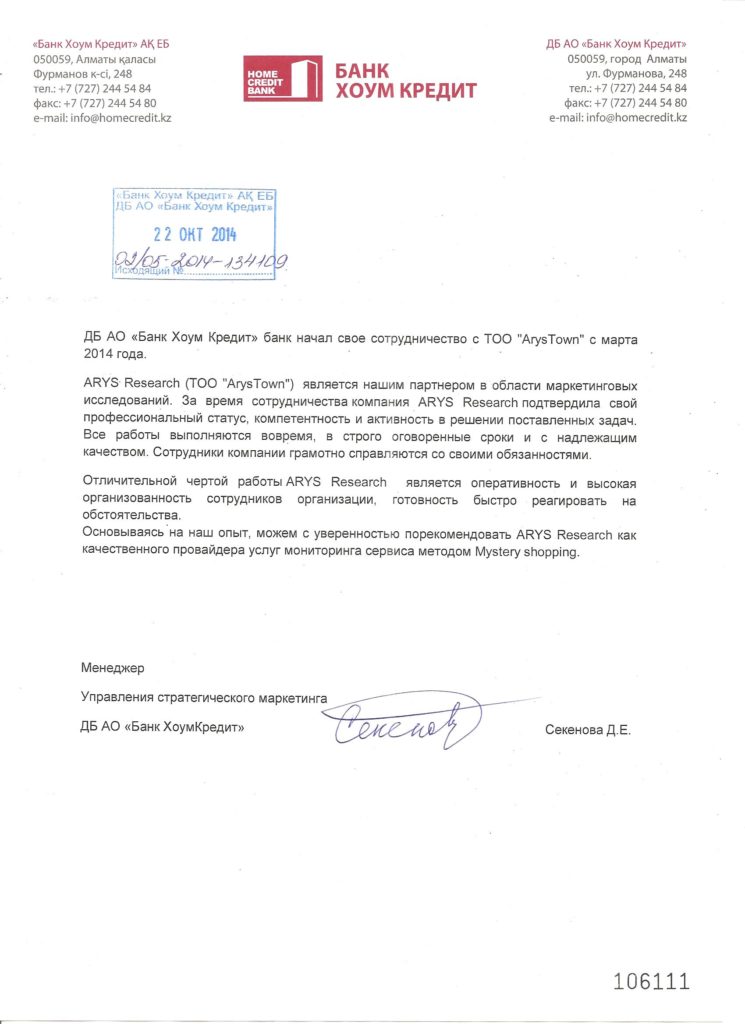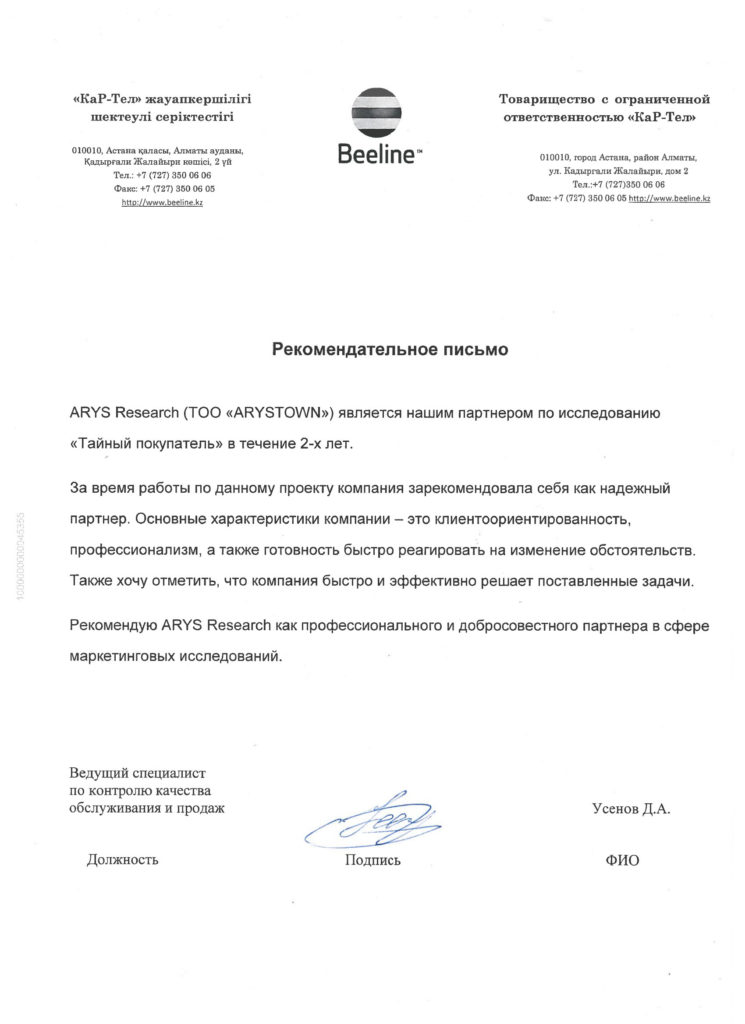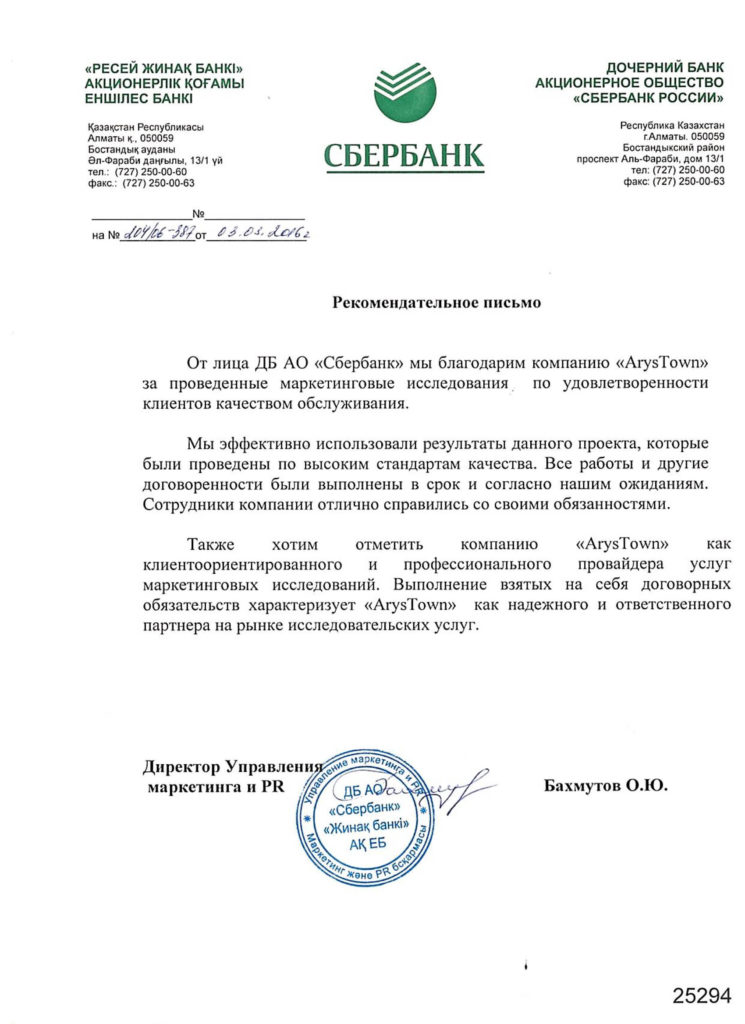Quantitative studies
«ARYSTOWN Research» has extensive experience and the necessary market knowledge to conduct the following quantitative studies:
- Face-to-face standardized interviews (PAPI)
- Telephone interviews (CATI)
- Hall Tests
- Online surveys (CAWI)
- Panel surveys/Census
- Mobile surveys
Quantitative research has standardized and formalized data gathering and processing tools that help to obtain hard data on the target audience expressed in absolute and relative values.
As a rule, data gathering tools are an essential part of the quantitative research. However, there are some methods like hall tests or home tests that are a type of an experiment whose purpose is to show potential consumers some marketing stimuli and with their help to identify a leader among presented products. During the hall test consumers are offered some variants of the new products, its new form or a new package design so that consumers can choose which variant they like most.
During the home test representatives of the target audience are given the product together with the diary so that they could use the product at home and fill out the diary. Usually in the diary the consumer indicate the periodicity of product usage, peculiarities of usage and evaluate the product’s quality. The results of the study help to understand how, together with which products and how frequently consumers use the product. Basing on the results of these tests the decisions on product’s quality, repositioning or intended product’s purpose can be made. During observations consumers’ reaction on a studied product and their behavior at the point of purchase are studied. In the methodology of consumer panel a periodic data gathering from the same consumer sample is used. Thus, quantitative studies include various types of surveys, observation, experiments, tests, etc. The major advantage of the quantitative study is a possibility to compare data from different periods using formalized tools and statistical analysis. The results of the quantitative study can be compared on various parameters and applied in management’s decision making.

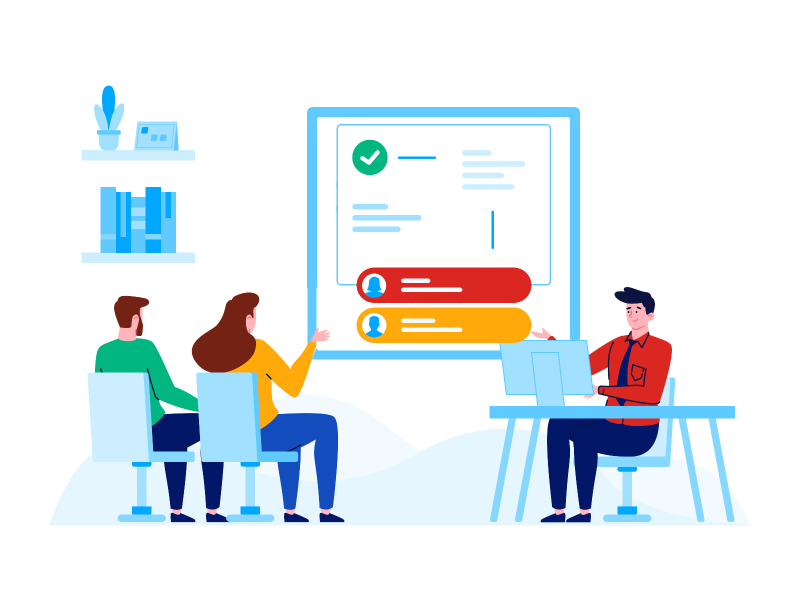
Face-to-face formalized interviews (PAPI)
In the face-to-face formalized interview questions and their order are defined beforehand and they are the same for all the respondents. The interviewer asks all the questions in a certain order. However, respondents are free to answer them in the way he/she likes.
The advantage of the formalized interview is that the obtained data are comparable and reliable while interviewers are not required to be high-qualified.
Telephone surveys (CATI)
Traditional telephone surveys help researchers reach a large and representative sample within a short period of time.
Telephone surveys save money since for a study with a large sample (1000-5000 respondents) they are significantly less costly in comparison with formalized face-to-face interviews.
This method is best suited for getting a representative sample or reaching a lot of people.


Hall tests
Online surveys (CAWI)
Internet surveys allow for both close-ended and open-ended questions just as on a telephone survey, but in addition respondents can be presented with and evaluate advertising concepts or messaging components. We recommend using internet surveys when trying to complete:
- Surveys among a very specialized audience, such as physicians or business leaders;
- Surveys among hard to reach audiences, such as opinion elites;
- Membership or customer studies; or,
- A quantitative measurement of testing an advertising concept or testing detailed more in-depth messaging that cannot be done over the telephone.
- Testing websites and internet advertising.


Panel research/Census
Census research involves attempting to survey an entire group of targeted respondents. If a client has a select list of targeted respondents they want to survey, we target all respondents and attempt to complete a full census of the audience.
In panel research, a respondent agrees to become a panel member. The member is defined by any number of variables — age, income, type of work, purchasing/decision-making power, etc. Even psychographic characteristics may be used in member selection. Members participate over time in a series of research studies covering either one or multiple topics. A census can be accomplished in the same manner, in which respondents participate over time in a series of surveys.
This research is particularly useful for longitudinal studies where researchers want to track ideas and views over a set period of time among a specific audience and when you want a full view of how a specific target population feels about an issue.
Mobile surveys
In this survey the number of questions in the questionnaire as well as the questions’ length are limited.
The same as in online surveys various pictures, videos and other types of stimuli can be tested in mobiles surveys.

 en
en  kz
kz ru
ru

